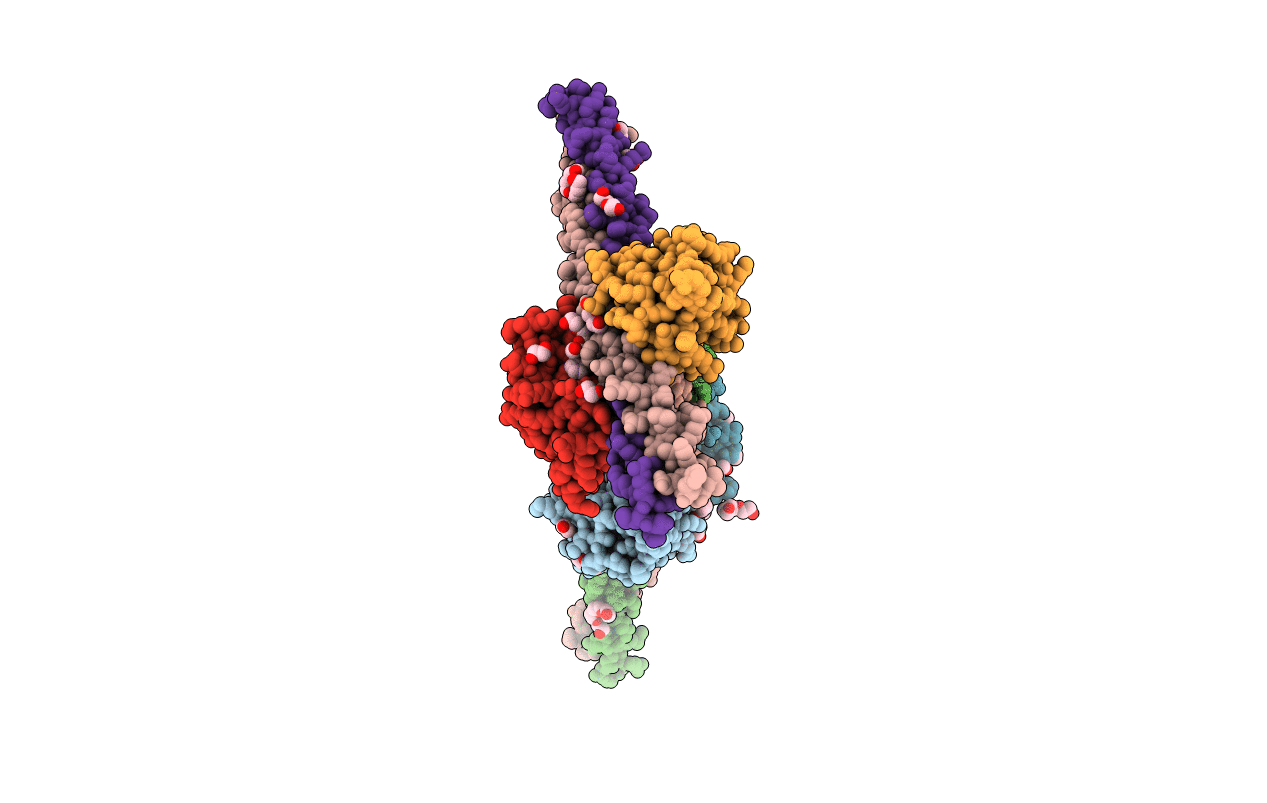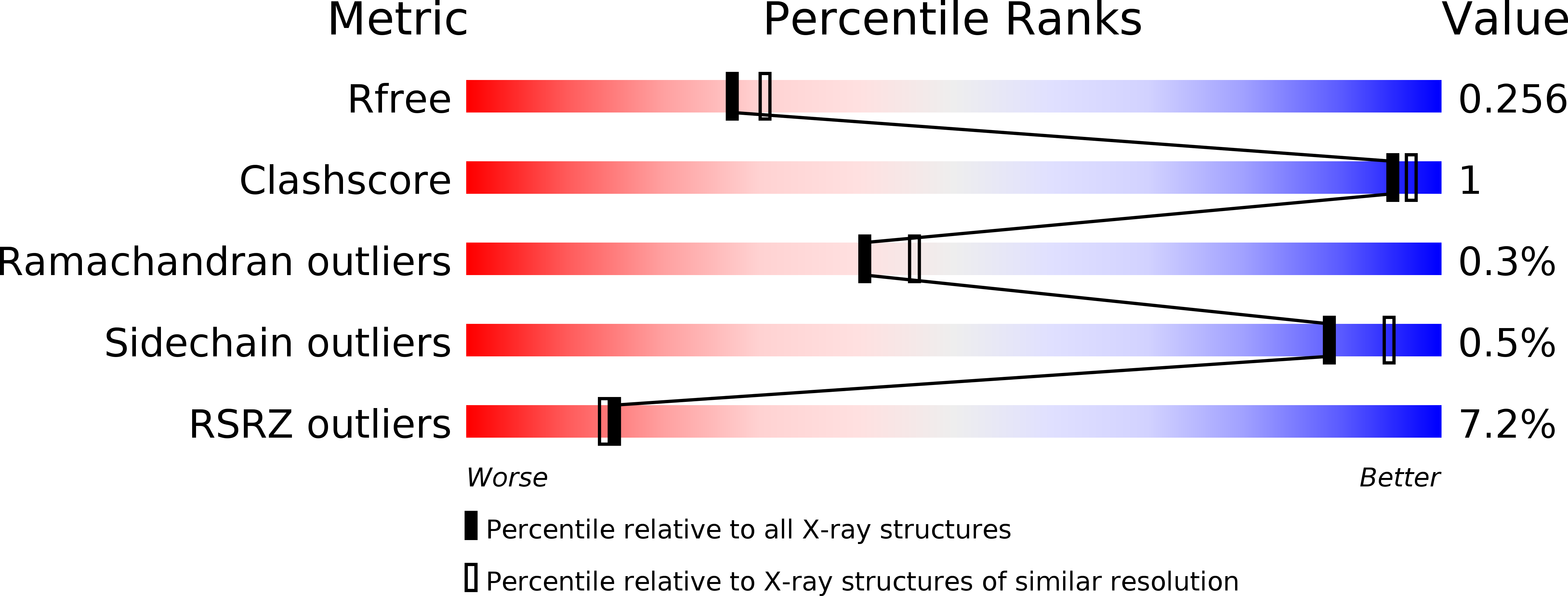
Deposition Date
2019-04-26
Release Date
2020-04-29
Last Version Date
2024-03-13
Entry Detail
PDB ID:
6OQA
Keywords:
Title:
Crystal structure of CEP250 bound to FKBP12 in the presence of FK506-like novel natural product
Biological Source:
Source Organism:
Homo sapiens (Taxon ID: 9606)
Host Organism:
Method Details:
Experimental Method:
Resolution:
2.20 Å
R-Value Free:
0.25
R-Value Work:
0.20
R-Value Observed:
0.21
Space Group:
P 1 21 1


